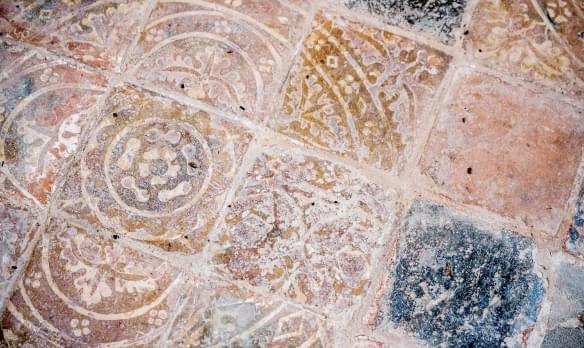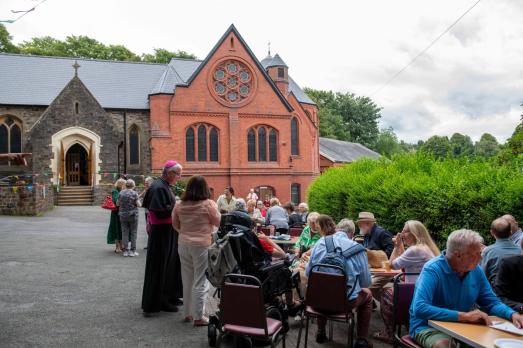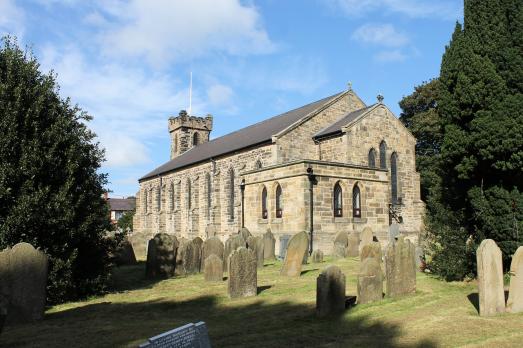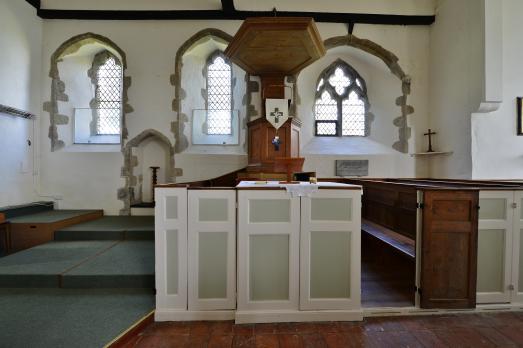
St John the Baptist
Nelson, Gwent | CF46 6HA
St John's church is located on the north side of High Street, on the western margins of the former village.
Search for a fascinating place to visit, or see the variety of churches, chapels and meeting houses we have supported.

Nelson, Gwent | CF46 6HA
St John's church is located on the north side of High Street, on the western margins of the former village.

Roundhay, Yorkshire | LS8 1JN
A grade II listed building of grand proportions housing interesting heritage artefacts and stained glass windows.
We have supported this church

Shotton, Flintshire | CH5 1BX
Rivertown church has stood on the high street in Shotton for over 125 years and has always served its community.

Halifax, Yorkshire | HX2 8XG
Mount Zion Methodist Heritage Chapel is a significant site in the history of Methodism; Methodism's founder, John Wesley, regularly visited and stayed in the cottage which adjoins the chapel.

Wickhambreaux, Kent | CT3 1RQ
One of Kent's lovely churches to visit, St Andrew's dates from the 14th century when the Earls of Kent were Lords of the Manor.
We have supported this church

Dowlais, Mid Glamorgan | CF48 3BT
St Illtyd’s is one of the oldest Catholic Churches in Wales, established in 1846 soon after Catholic Emancipation.
We have supported this church

Bistre, Flintshire | CH7 2NH
Grade II listed building built in 1842.

Stelling Minnis, Kent | CT4 5PT
Ancient yew trees, medieval bells, and a rare Georgian interior weave together 1,500 years of history, faith, and community waiting to be discovered in rural Kent.

Ashton in Makerfield, Lancashire | WN4 9NP
Described as an 'architectural gem' and considered by Cardinal Bourne to be the most beautiful Catholic church in England!

South Cadbury, Somerset | BA22 7HA
A beautiful 15th century church set in a peaceful, pretty village.

Melbourne, Yorkshire | YO42 4QJ
We have supported this church

Roundhay, Yorkshire | LS81DS
Built between 1902 and 1908, as Roundhay Congregational Church the Grade II listed buildings at St Andrew’s provide a fascinating insight both into the history of Congregationalism and the development of church architecture at the start of the 20th century.